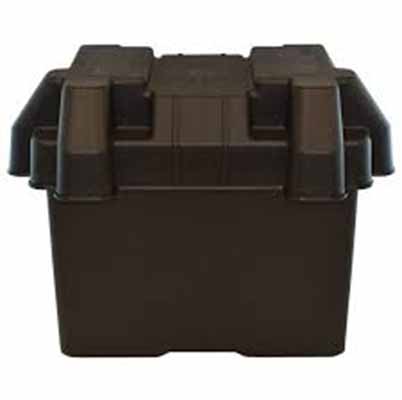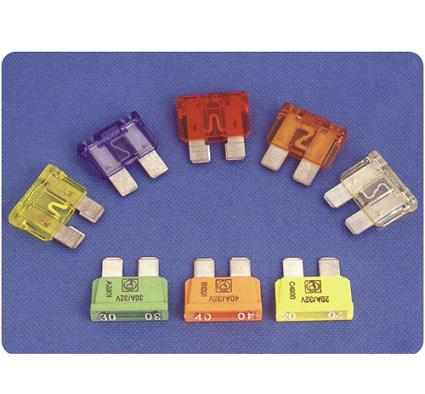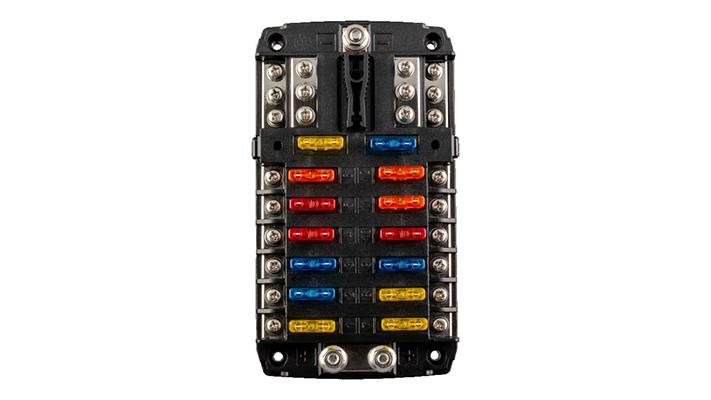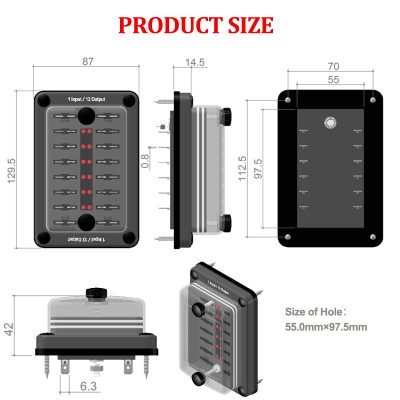Expert Techniques for Accurately Measuring Car Battery Box Dimensions
News 2025-10-20
Measuring the correct size for a car battery box is essential in automotive maintenance, ensuring safety and optimal performance. In various applications, such as vehicle upgrades or battery replacements, precise sizing prevents issues like electrical failures or physical damage. This guide provides clear, professional methods to calculate dimensions accurately, emphasizing benefits in real-world scenarios where reliability is key, such as in electric vehicles or heavy-duty trucks.

Key Tools for Precise Measurement
Measuring a car battery box requires specific tools to achieve accuracy. A digital caliper offers high precision for length, width, and depth, while a tape measure works for larger dimensions. Additionally, a level ensures the box is measured on a flat surface, avoiding errors from angles. In performance-oriented contexts, like racing cars, using a multimeter can verify space for cable routing, enhancing overall system efficiency and reducing the risk of short circuits.
Step-by-Step Measurement Process
Begin by removing the battery to access the box clearly, noting any obstructions. Measure the length, width, and height using your tools, recording each dimension to the nearest millimeter. Account for features like terminal holes or mounting brackets, as these affect fit in high-stress environments. This method improves battery longevity by ensuring a snug fit that minimizes movement, a critical advantage in off-road or daily commuting scenarios where vibrations could cause wear.
Frequently Asked Questions
1. What tools are essential for accurate measurement?
Answer: Digital calipers and tape measures provide precision, while a level helps maintain accuracy in uneven conditions.
2. How does correct sizing enhance battery performance?
Answer: Proper fit reduces vibrations and ensures secure connections, leading to better efficiency and longer battery life.
3. When should I re-measure the battery box?
Answer: Re-measure during battery replacements or modifications to account for wear or changes in the vehicle’s setup.


